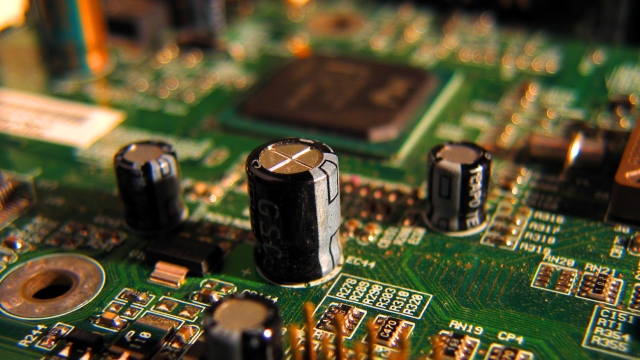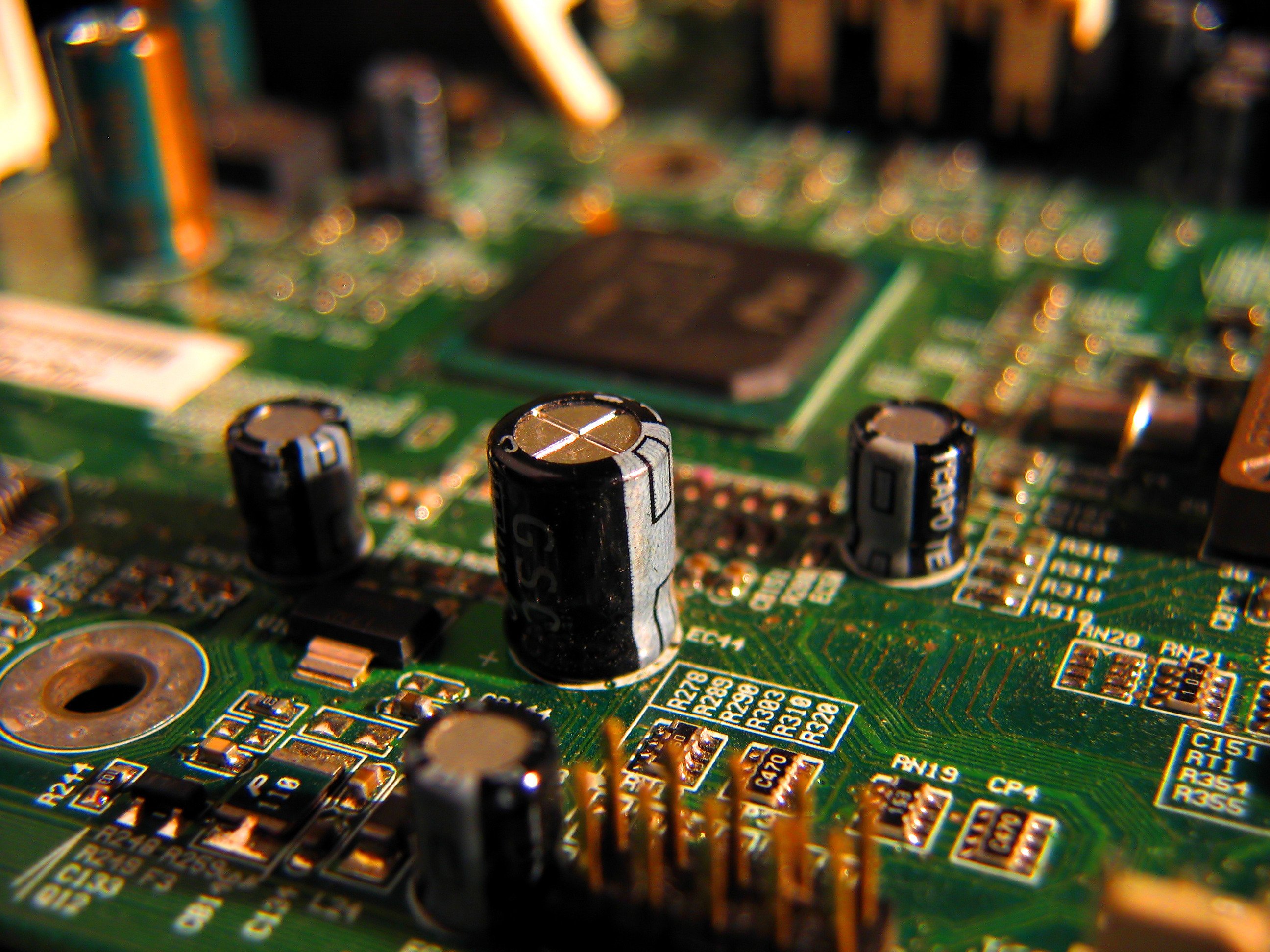
Exploring the Inner Workings: A Guide to Electronic Components

In the fascinating world of technology, electronic components play an integral role in powering the devices we rely on daily. From smartphones to laptops, and even household appliances, these components form the building blocks that enable our gadgets to function seamlessly. Understanding the inner workings of these electronic components grants us insight into the interconnected systems that drive modern innovation and shape our digital landscape. Join us on a journey as we unravel the mysteries behind these essential elements and delve into the intricate realm of electronic components.
Types of Electronic Components
In the world of electronics, there are numerous types of electronic components that play crucial roles in the functioning of electronic devices.
Resistors: Resistors are one of the most common electronic components and are used to limit the flow of electric current in a circuit. They come in various resistance values and are essential for controlling voltage and current levels.
Capacitors: Capacitors store and release electrical energy in a circuit. They are vital for filtering out unwanted noise, stabilizing voltage levels, and providing energy storage for various applications.
Diodes: Diodes are semiconductor devices that allow current to flow in one direction only. They are fundamental for converting AC (alternating current) to DC (direct current) and are also used for signal rectification in electronic circuits.
Functionality of Electronic Components
Electronic components play a crucial role in the functioning of various devices. They are responsible for regulating the flow of electricity and performing specific tasks within a circuit. Resistors, for example, limit the amount of current that can pass through a circuit, while capacitors store and release electrical energy as needed.
Another essential electronic component is the transistor. Transistors act as switches or amplifiers within a circuit, enabling the precise control of current flow. They are key components in electronic devices such as computers, televisions, and smartphones.
Furthermore, integrated circuits (ICs) are highly complex electronic components that contain numerous interconnected components on a single chip. These compact devices perform a wide range of functions, from processing data in microprocessors to amplifying signals in audio equipment.
Applications of Electronic Components
IGBT Module
Electronic components play a crucial role in various industries, from consumer electronics to aerospace. In the automotive sector, components like sensors and microcontrollers are used for advanced driver-assistance systems (ADAS) and vehicle control systems.
In the medical field, electronic components are essential for devices such as pacemakers, blood glucose monitors, and imaging equipment. These components ensure precise measurements, accurate data processing, and reliable performance in critical healthcare applications.
Electronic components are also widely utilized in communication systems, allowing for the development of smartphones, satellites, and internet infrastructure. From transistors in amplifiers to antennas in wireless devices, these components enable seamless connectivity and data transmission in the modern digital age.

